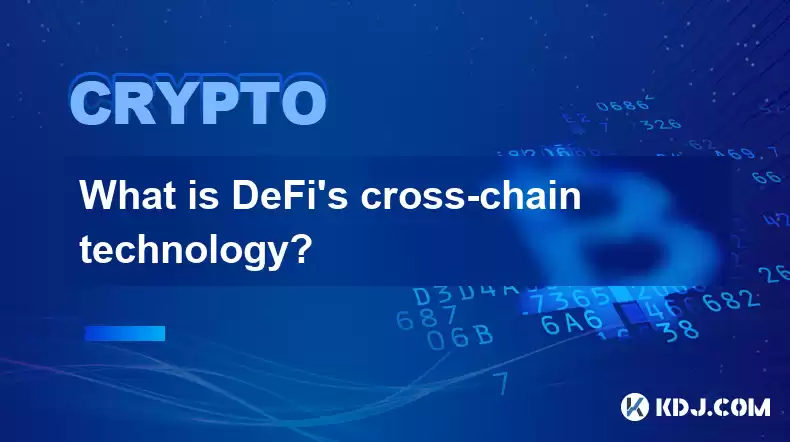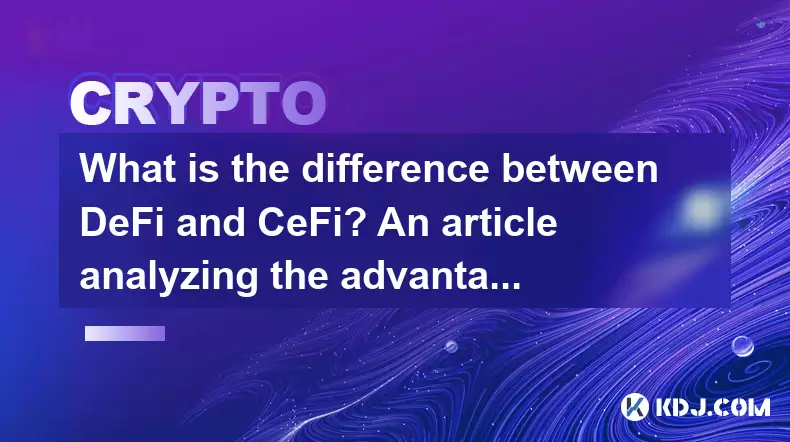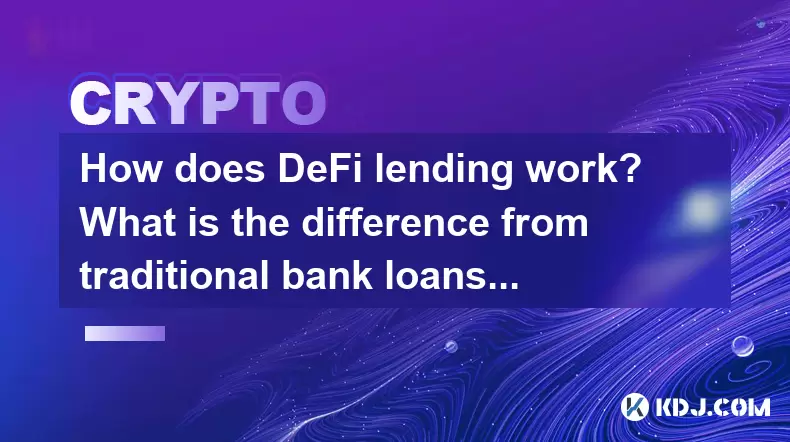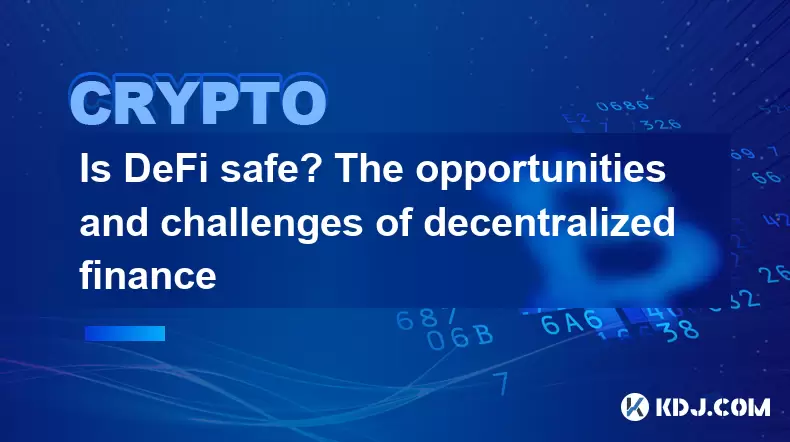-
 Bitcoin
Bitcoin $117900
0.31% -
 Ethereum
Ethereum $3766
0.28% -
 XRP
XRP $3.176
-0.31% -
 Tether USDt
Tether USDt $1.000
0.00% -
 BNB
BNB $795.6
1.51% -
 Solana
Solana $186.8
-1.09% -
 USDC
USDC $0.9999
-0.01% -
 Dogecoin
Dogecoin $0.2353
-1.33% -
 TRON
TRON $0.3226
1.49% -
 Cardano
Cardano $0.8172
-1.08% -
 Sui
Sui $4.178
3.06% -
 Hyperliquid
Hyperliquid $43.05
-3.39% -
 Stellar
Stellar $0.4367
-0.57% -
 Chainlink
Chainlink $18.62
1.47% -
 Hedera
Hedera $0.2828
6.63% -
 Bitcoin Cash
Bitcoin Cash $584.7
5.65% -
 Avalanche
Avalanche $24.81
2.53% -
 Litecoin
Litecoin $112.8
-0.88% -
 UNUS SED LEO
UNUS SED LEO $8.975
-0.08% -
 Shiba Inu
Shiba Inu $0.00001395
-1.07% -
 Toncoin
Toncoin $3.285
-1.05% -
 Ethena USDe
Ethena USDe $1.001
0.01% -
 Polkadot
Polkadot $4.123
0.76% -
 Uniswap
Uniswap $10.49
-0.18% -
 Monero
Monero $326.5
0.14% -
 Dai
Dai $0.9999
-0.02% -
 Bitget Token
Bitget Token $4.576
0.34% -
 Pepe
Pepe $0.00001247
-1.55% -
 Cronos
Cronos $0.1400
3.77% -
 Aave
Aave $295.1
-0.73%
What is DeFi's cross-chain technology?
With cross-chain technology, DeFi users can unlock interoperability, reduced transaction costs, and access to wider markets by seamlessly transferring assets and executing transactions across different blockchains.
Feb 16, 2025 at 12:48 pm

Key Points
- Cross-chain technology is essential for interoperability between different blockchains.
- Some of the most popular cross-chain technologies include interoperability protocols, atomic swaps, and sidechains.
- Cross-chain technology has a wide range of potential applications, including payments, lending, and asset tokenization.
- There are a number of challenges that need to be addressed before cross-chain technology can be widely adopted.
What is DeFi's cross-chain technology?
Decentralized finance (DeFi) is a rapidly growing sector of the cryptocurrency ecosystem that allows users to access financial services without the need for banks or other intermediaries. Cross-chain technology is a fundamental component of DeFi, as it allows users to move assets and execute transactions across different blockchains.
There are a number of different cross-chain technology solutions that are available, each with its own advantages and drawbacks. Some of the most common cross-chain solutions include interoperability protocols, atomic swaps, and sidechains. Each of these solutions involves the use of different technologies and approaches to achieve cross-chain interoperability.
How does DeFi's cross-chain technology work?
Interoperability Protocols
Interoperability protocols are a type of cross-chain solution that allows different blockchains to communicate with each other and exchange data and funds. This is done by creating a shared layer of communication between the different blockchains, which allows them to interoperate with one another. Some of the most popular interoperability protocols include Polkadot, Cosmos, and Chainlink.
Atomic Swaps
An atomic swap is a type of cross-chain solution that allows users to exchange funds between two different blockchains without the need for a trusted third party. This is done by using a smart contract to create a transaction that is only executed if both parties to the swap agree to it. Atomic swaps can be a convenient and low-cost way to move funds across different blockchains.
Sidechains
Sidechains are a type of cross-chain solution that allow users to create their own custom blockchains that are compatible with a parent blockchain. This can be useful for creating blockchains that have specific features or functions that are not available on the parent blockchain. Sidechains are often used to improve scalability or privacy, or to allow users to create custom applications.
What are the benefits of DeFi's cross-chain technology?
Cross-chain technology has a number of potential benefits for DeFi, including:
- Increased interoperability: Cross-chain technology allows users to move assets and execute transactions across different blockchains, which can significantly improve the interoperability of the DeFi ecosystem.
- Reduced transaction costs: Cross-chain technology can reduce transaction costs by allowing users to trade with traders on other blockchains.
- Increased access to new markets: Users can access new markets and investment opportunities by using cross-chain technology to move assets or make trades on other blockchains.
- Improved scalability: Cross-chain technology can help to improve the scalability of the DeFi ecosystem by distributing workload across different blockchains.
What are the challenges of DeFi's cross-chain technology?
There are a number of challenges that need to be addressed before cross-chain technology can be widely adopted for DeFi, including:
- Security: Cross-chain technology can introduce new security risks, as it is possible for hackers to exploit vulnerabilities in the cross-chain solution to steal funds or manipulate the system.
- Complexity: Cross-chain technology can be complex and may require specialized knowledge to use.
- User experience: The user experience for cross-chain technology can be cumbersome and may lead to users making mistakes.
- Cost: Cross-chain technology can be expensive to implement and use.
Despite these challenges, cross-chain technology has the potential to revolutionize the DeFi ecosystem by enabling users to move assets and execute transactions across different blockchains. As the technology continues to develop, it is likely to become increasingly essential for the growth and evolution of DeFi.
FAQs
Q: What is the difference between a cross-chain swap and an atomic swap?
A: A cross-chain swap is a type of atomic swap that is conducted across different blockchains. Atomic swaps are a type of cross-chain solution that allows users to exchange funds between two different blockchains without the need for a trusted third party.
Q: What are some of the most popular cross-chain technology platforms?
A: Some of the most popular cross-chain technology platforms include Polkadot, Cosmos, Chainlink, and Thorchain.
Disclaimer:info@kdj.com
The information provided is not trading advice. kdj.com does not assume any responsibility for any investments made based on the information provided in this article. Cryptocurrencies are highly volatile and it is highly recommended that you invest with caution after thorough research!
If you believe that the content used on this website infringes your copyright, please contact us immediately (info@kdj.com) and we will delete it promptly.
- Crypto ETFs and Altcoins: Navigating the Wild West with Meme Coins and Tokenized Assets
- 2025-07-27 23:04:06
- Pi Coin in 2026: Will It Be Worth the Wait?
- 2025-07-27 23:10:12
- Dogecoin Price Prediction: Bullish W Pattern Sparks Hope for $1 DOGE
- 2025-07-27 23:15:21
- Bitcoin Price, Portfolio Growth, and the Remittix Alternative: Navigating the Crypto Landscape
- 2025-07-27 23:04:06
- Cryptos to Watch in 2025: Punisher Coin, Chainlink, and the Altcoin Arena
- 2025-07-27 18:30:13
- Bitcoin, Altcoins, Rebound: Navigating the Crypto Comeback Trail
- 2025-07-27 18:30:13
Related knowledge

What is the difference between DeFi and CeFi? An article analyzing the advantages and disadvantages of both
Jun 13,2025 at 03:57am
Understanding the Foundations of DeFi and CeFiTo fully grasp the difference between DeFi (Decentralized Finance) and CeFi (Centralized Finance), it’s ...

What is DeFi? How to balance risks and returns?
May 31,2025 at 12:22pm
What is DeFi? How to Balance Risks and Returns? Decentralized Finance, commonly known as DeFi, represents a revolutionary shift in the financial ecosy...

How does DeFi lending work? What is the difference from traditional bank loans?
May 29,2025 at 05:36pm
Introduction to DeFi LendingDeFi lending, or decentralized finance lending, represents a revolutionary shift in the way borrowing and lending are cond...

Is DeFi safe? The opportunities and challenges of decentralized finance
May 27,2025 at 02:28pm
Decentralized Finance, commonly known as DeFi, has revolutionized the financial landscape by offering a range of financial services without the need f...

DeFi Mining Tutorial: How to Maximize Profits and Reduce Risks?
May 27,2025 at 07:42am
DeFi, or Decentralized Finance, has opened up a new world of opportunities for crypto enthusiasts looking to maximize their profits through various mi...

DeFi Investment Guide: Can Liquidity Mining Really Make Money?
May 28,2025 at 10:18am
Introduction to Liquidity Mining in DeFiLiquidity mining has emerged as a popular method for earning passive income within the decentralized finance (...

What is the difference between DeFi and CeFi? An article analyzing the advantages and disadvantages of both
Jun 13,2025 at 03:57am
Understanding the Foundations of DeFi and CeFiTo fully grasp the difference between DeFi (Decentralized Finance) and CeFi (Centralized Finance), it’s ...

What is DeFi? How to balance risks and returns?
May 31,2025 at 12:22pm
What is DeFi? How to Balance Risks and Returns? Decentralized Finance, commonly known as DeFi, represents a revolutionary shift in the financial ecosy...

How does DeFi lending work? What is the difference from traditional bank loans?
May 29,2025 at 05:36pm
Introduction to DeFi LendingDeFi lending, or decentralized finance lending, represents a revolutionary shift in the way borrowing and lending are cond...

Is DeFi safe? The opportunities and challenges of decentralized finance
May 27,2025 at 02:28pm
Decentralized Finance, commonly known as DeFi, has revolutionized the financial landscape by offering a range of financial services without the need f...

DeFi Mining Tutorial: How to Maximize Profits and Reduce Risks?
May 27,2025 at 07:42am
DeFi, or Decentralized Finance, has opened up a new world of opportunities for crypto enthusiasts looking to maximize their profits through various mi...

DeFi Investment Guide: Can Liquidity Mining Really Make Money?
May 28,2025 at 10:18am
Introduction to Liquidity Mining in DeFiLiquidity mining has emerged as a popular method for earning passive income within the decentralized finance (...
See all articles

























































































